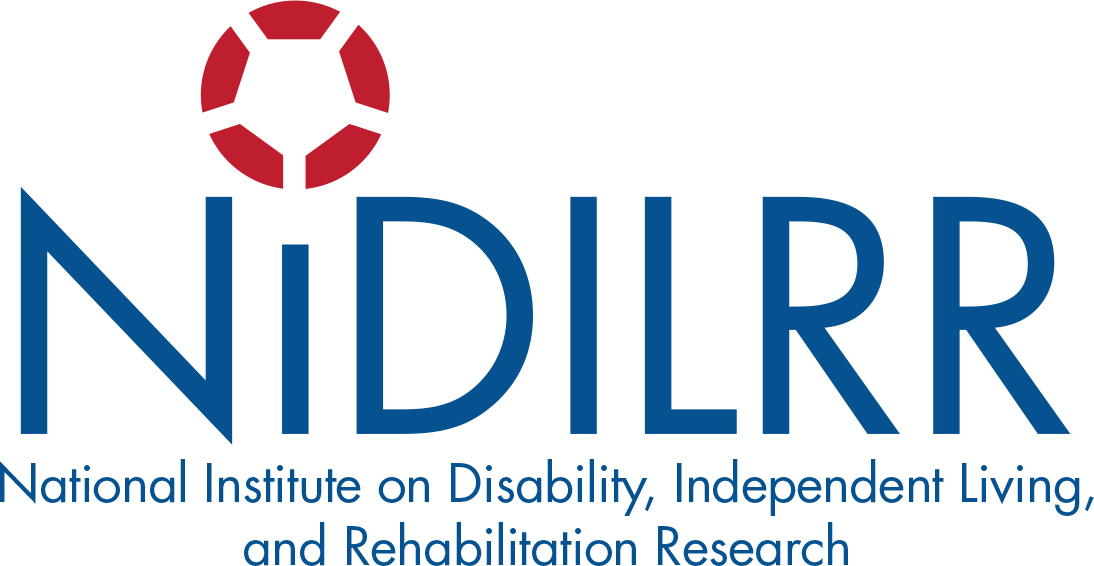Recent/Sudden development of spasticity or increased intensity may be due to underlying contributing factors. Thus, evaluate and treat as indicated.
- Levels of spasticity intensity is evaluated by the Ashworth Scale / Modified Ashworth Scale
Treatment of chronic spasticity is sometimes neither needed nor desired by patients with spinal cord injury due to the potential health and functional advantages of spasticity. In contrast, consequences of untreated spasticity may negatively impact the patient's function or medical condition and, therefore, a need for subsequent treatment.
Common oral agents present the least invasive intervention and may be effective alone or in combination with multidisciplinary approaches.
- Baclofen
- Tizanidine
- Bezodiazepines
- Dantrolene
Referral for additional intervention methods may be appropriate to enhance treatment outcome
Expectation for treatment outcome is management (maximum reduction) of chronic spasticity to improve function. Elimination is rare.
